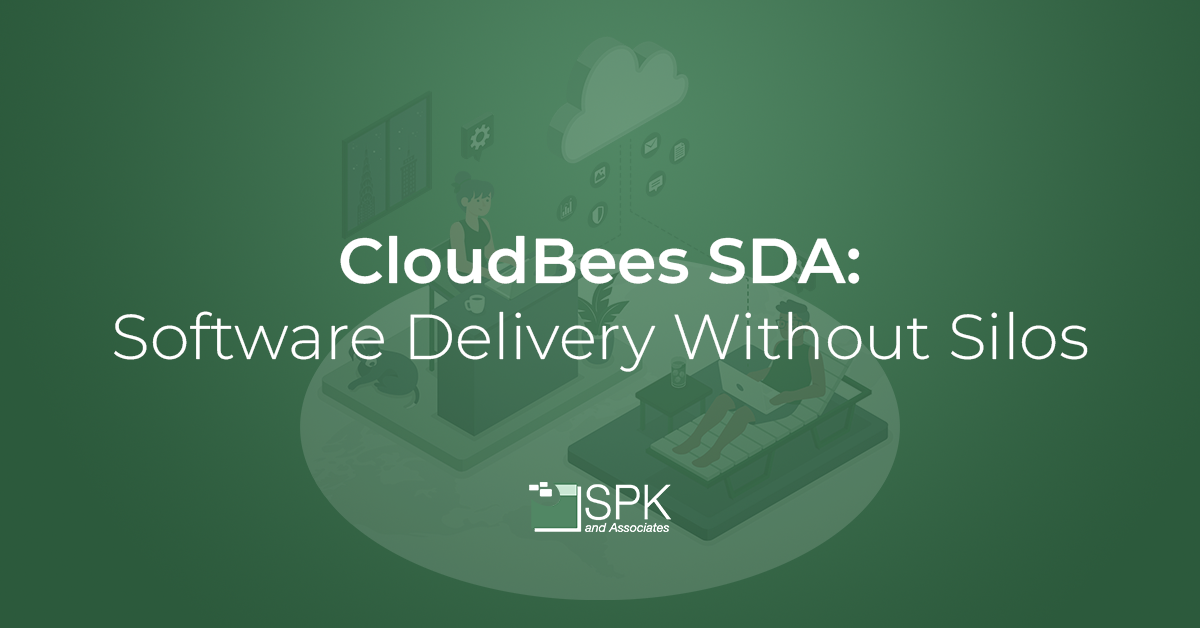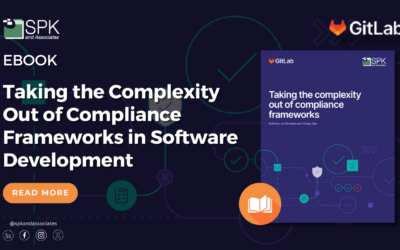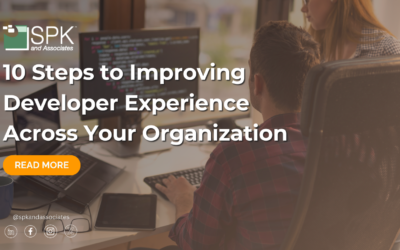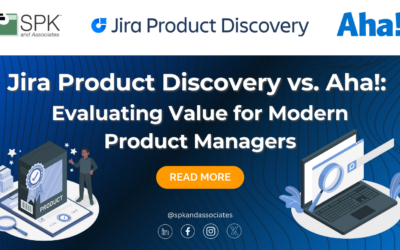Tired of missing deadlines, and only measuring performance of departments, but not of your entire software delivery organization? This blog will show you how CloudBees Software Delivery Automation (CloudBees SDA) can break down silos, drive DevOps mentality and organizational value.
The Software Delivery Challenge We All Face
Software delivery is one of the more challenging things organizations do. On the software development side, we are building something that doesn’t exist. Firstly, customers attempt to describe their vision of this non-existent product. Then, we try to imagine what their describing. Following on, we then try to build the product we believe we heard them describe. Now, we have the post development opportunity to see whether the creation represents the customers original vision.
When we agree we have built “the right thing” to delight our customer, our IT operations teams then has to deploy the software to our production environment. All this whilst hoping we identify minimal detrimental bugs during production environment stress testing.
And it doesn’t stop there. Organizations then determine identified bugs or additional features that need to be pushed to production. And finally we have to spend weekend after weekend manually deploying the software. Or even worse….dictate that we will only release software one or two times a year. Whilst employees like that, customers do not. They are left unsatisfied that their voices for new features (or fixing bugs) are not heard.
We all know that DevOps can reduce a software teams release cycles. This is completed through automation and new tools. However, ensuring collaboration between groups who have traditionally been at odds is no easy feat.
The Silos, Employee Morale and Software Delivery
Historically, deploying software required a strong focus on planning. Teams would compete with each other, and lack collaboration. Why? Because there is a “blame game” effect for anything that doesn’t go right. This creates “silos” or groups and teams that resist change and collaboration despite having a joint goal.. Instead, they focus on their own goals. Eventually, this leads to fractured and damaged organizational objectives.
The lack of information-sharing across teams takes a toll on employee morale as well. This prevents dev and ops teams from forming trust and mutual respect.
This is never more obvious than when one group finds a bug. If the development team finds the bug, they traditionally do not report it to the operations team immediately – out of a fear of the repercussions. Instead, they try to quickly address the bug prior to a production impact being detected. But without alerting the operations teams, this potential misinformation does not allow them to prepare adequately. This issue negatively evolves over time. Before you know it, workflows are impacted and delayed. Furthermore, misinformation continues daily.
Unfortunately, this is all too common in larger organizations. This leads to a silo mentality that damages relationships between developers, IT operations, product management, and other groups. Ultimately, the silo mentality negatively impacts efficiency and harms the bottom line.
Organizations who have not adopted a DevOps work pattern, are being left behind. However, even modern DevOps teams still face challenges too. DevOps teams transform software organizations and methods. Yet they are still composing a mix of new software, legacy tools, old practices, and fresh talent.
Enterprises need a way to seamlessly connect the toolchain. Only then will they truly realize their vision of becoming software-first, product-led companies.
What Is CloudBees Software Delivery Automation?
CloudBees Software Delivery Automation (SDA) is a platform that enables enterprises to optimize their software delivery process. This increases innovation and security. How? By connecting, automating and orchestrating the tools and functions across development, operations and shared service teams.
Software Delivery Automation is supported through the following pillars:
- Continuous Integration – driving productivity and stability whilst accelerating time-to-market through software lifecycle automation.
- Continuous Delivery and Release Orchestration – automates and orchestrates releases at scale. This measures, tracks and improves software delivery.
- Feature Flagging – separate feature deployment from code releases. Speeds up development by delivering software changes as soon as they are code-complete for testing with a subset of users.
CloudBees SDA connects all the tools in your DevOps toolchain to efficiently and securely automate the software releases.
How Can CloudBees SDA Break Silos?
Transparency
CloudBees CI is an extension of the popular open source CI tool, Jenkins. CloudBees CI scales your Jenkins environment by adding features for team management, providing tighter controls around your CI pipeline. It seamlessly handles multiple Jenkins instances with less compute power and human interactions. This reduces costs and increases efficiency.
Once your code is integrated, you’ll need a continuous delivery (CD) tool that will correctly get your application to the right environment. With CloudBees CD/RO, teams can create model-driven pipelines and test in production-like environments in a single, flexible platform that is reusable and has predictable releases. Predictability creates transparency. Likewise, it allows teams to easily communicate without the fear of the reprimand that previously existed.
Feature Management
Feature management is another huge benefit for software delivery teams. This extends so much data and information to the rest of the organization. Feature flags (and a system to manage them!) allow teams to gain valuable, highly targeted feedback about how real customers use new features. They can roll them out to users based on any criteria. For example, rolling a new feature to customers in a certain geography or that have a frequent login history.
Not only does Feature Management permit this, it also creates the ability to dynamically release features. This could be based on your automated percentage roll out or any other method you wish. Feature Management reduces silos by making it easily manageable for developers. In addition, it maintains production system stability and reliability that IT operations teams expect.
Conclusion
Implementing CloudBees SDA can assist organizations to adopt a DevOps style of work. This new way of working focuses on delivering value – regardless if you are in IT Ops, a developer, a product manager or anyone else in the organization.
As a result of a more focused collaboration and information sharing approach, teams become fluent in the current state of play. Consequently, they are more aware of the current state of play and collective value creation. Not individual departmental goals.
Value comes from the effectiveness of outcomes and allows teams to experiment, learn and respond to the constant deployment of software. By using the Feature Flagging portion of the CloudBees SDA stack, teams can separate feature releases and code releases in order to allow developers to safely release new features without those features being used immediately.
Contact SPK and Associates to transform your team and their software delivery process today.






